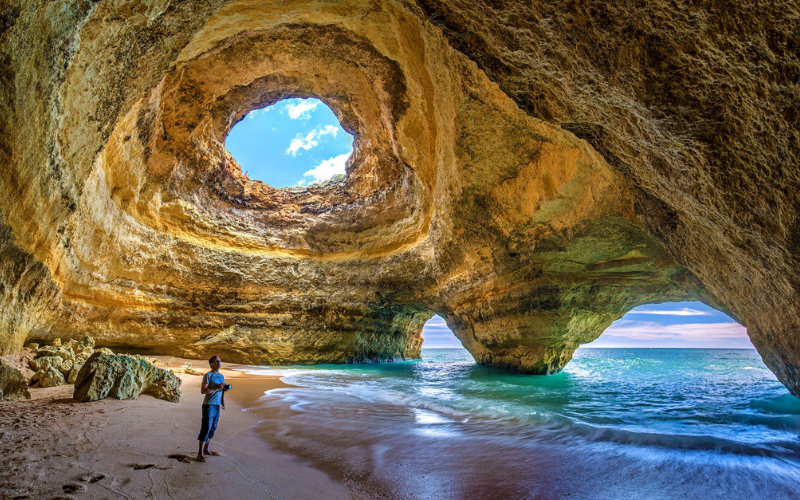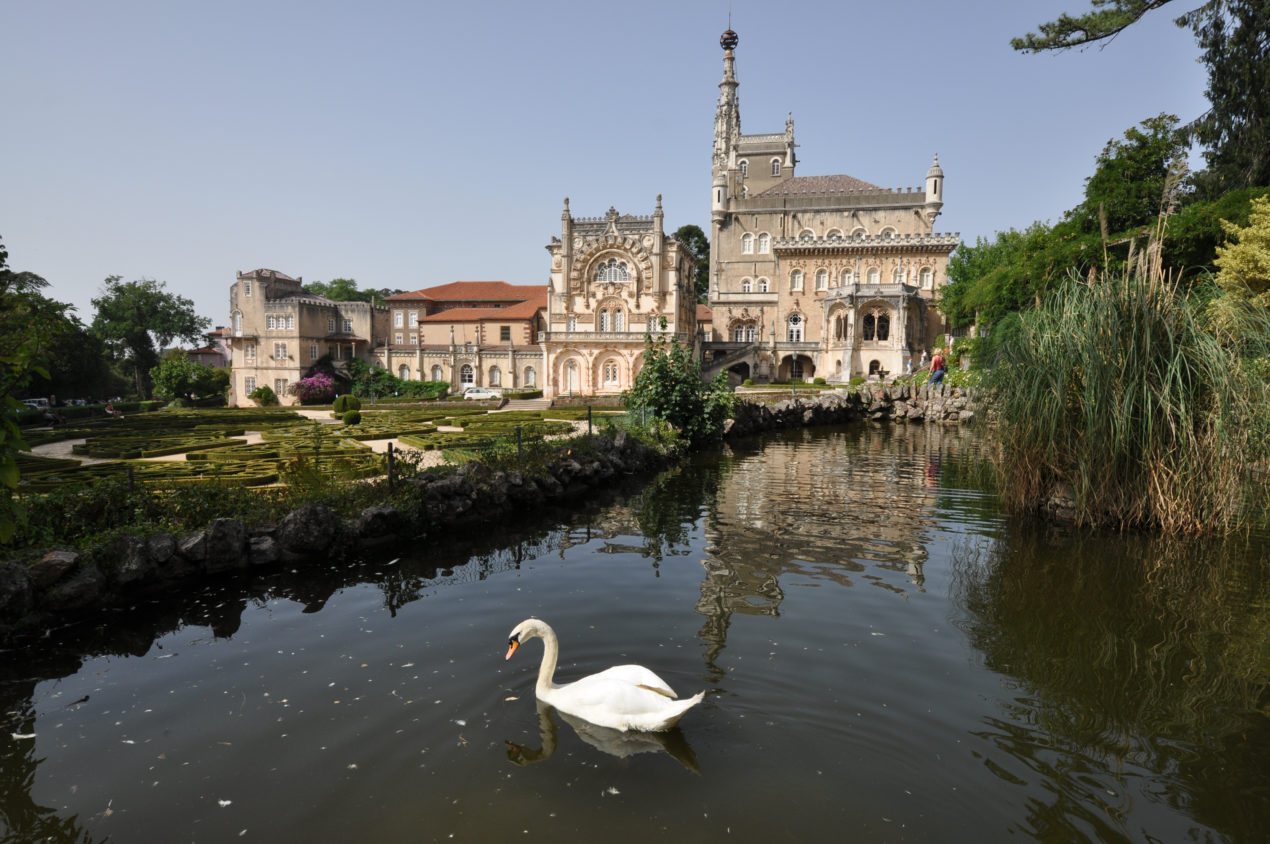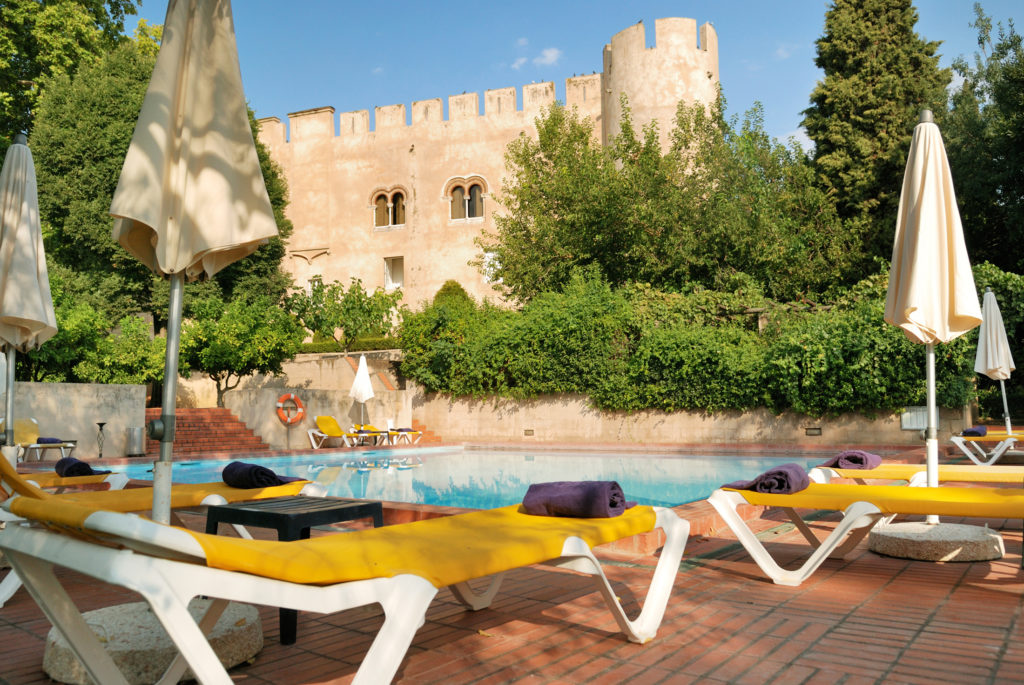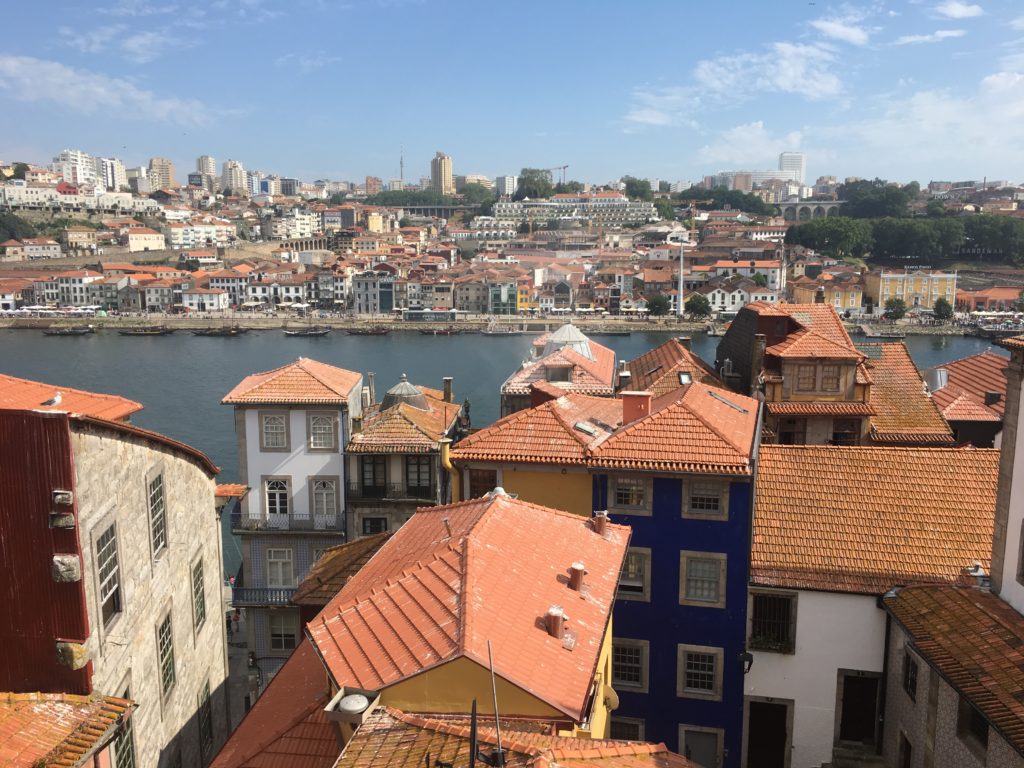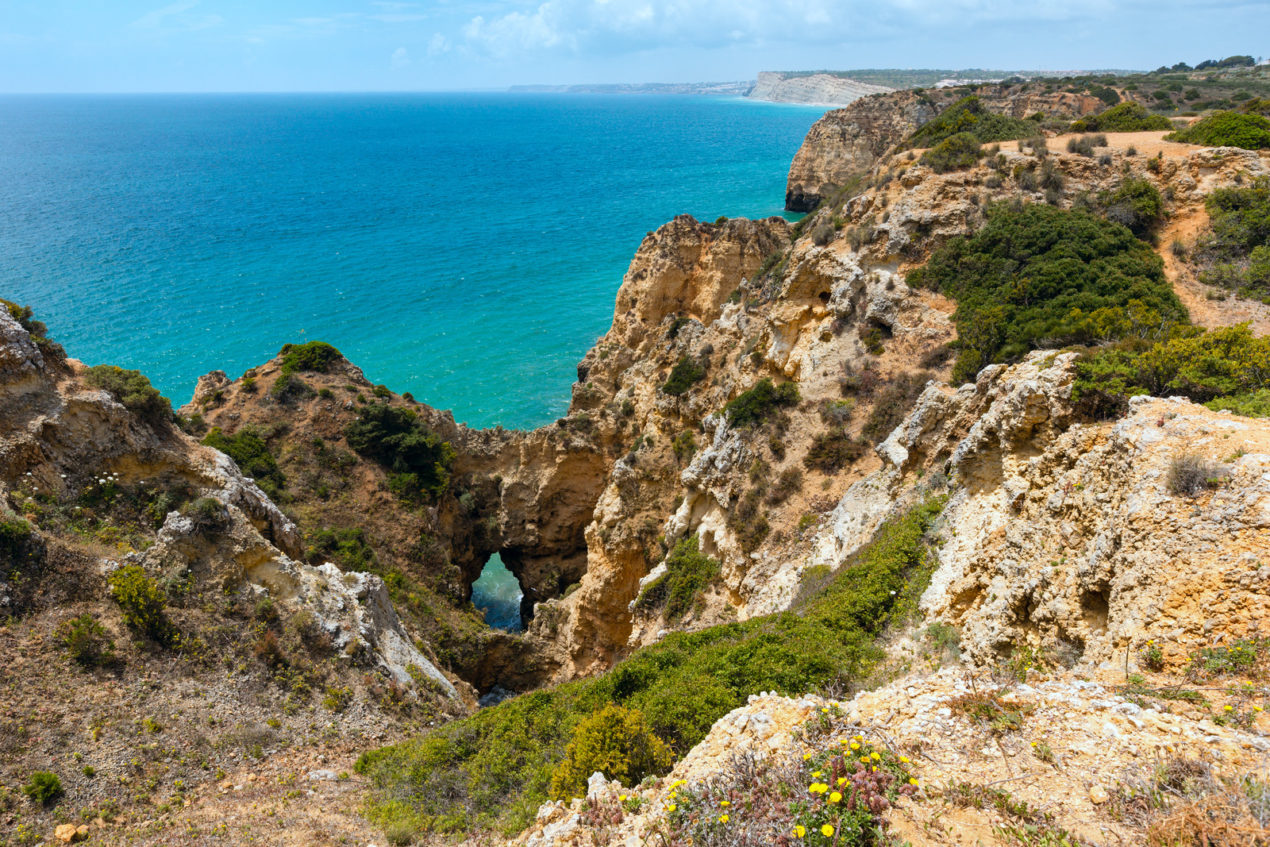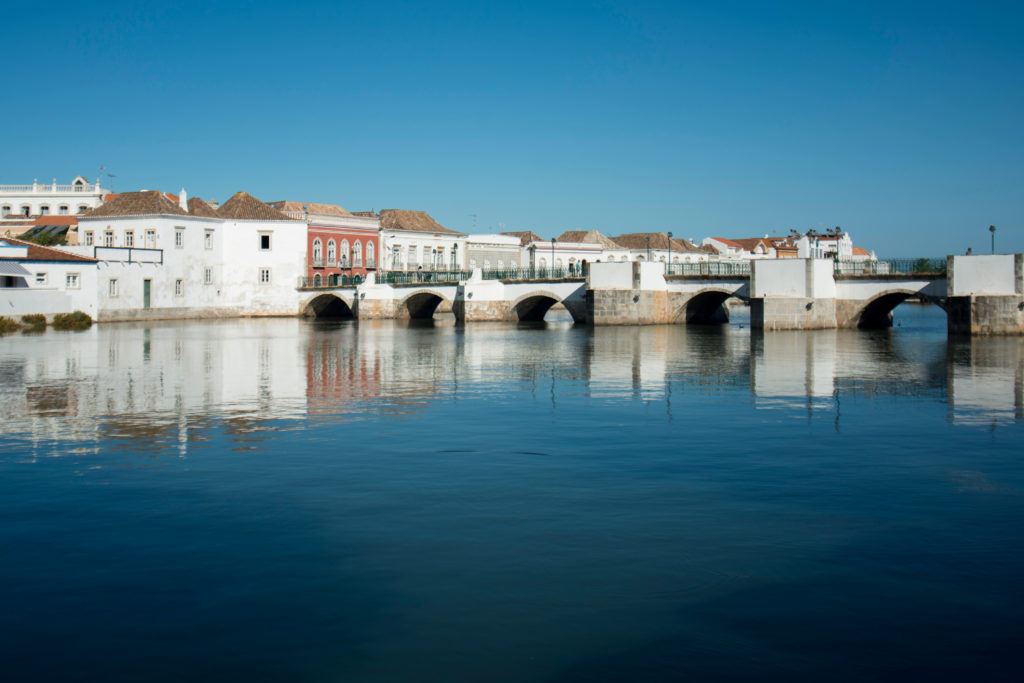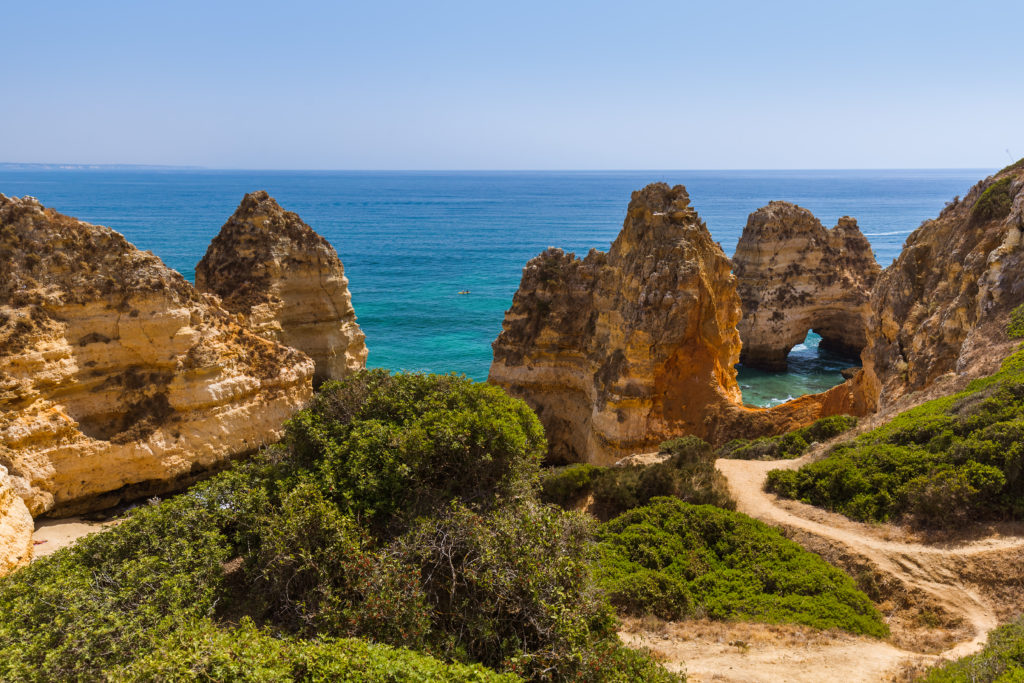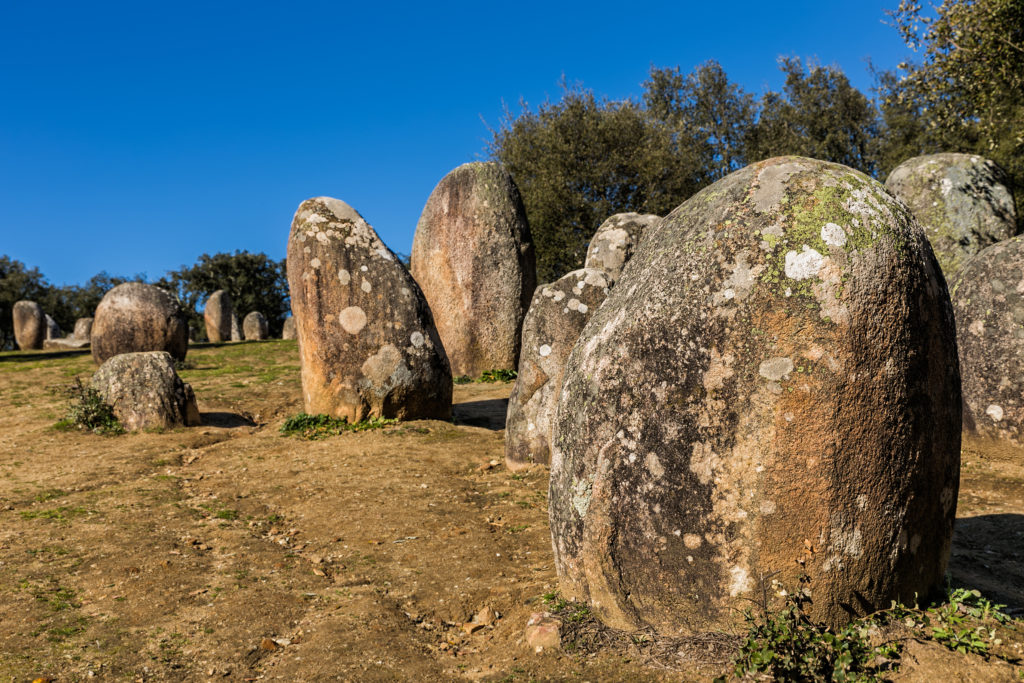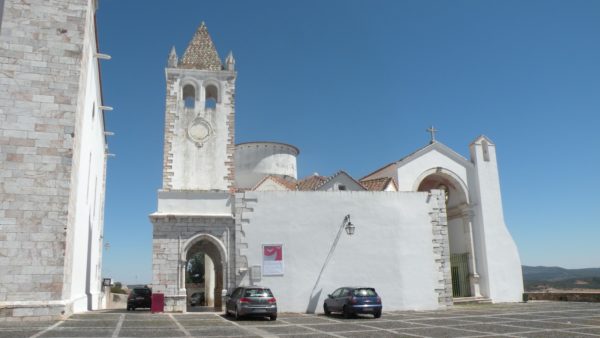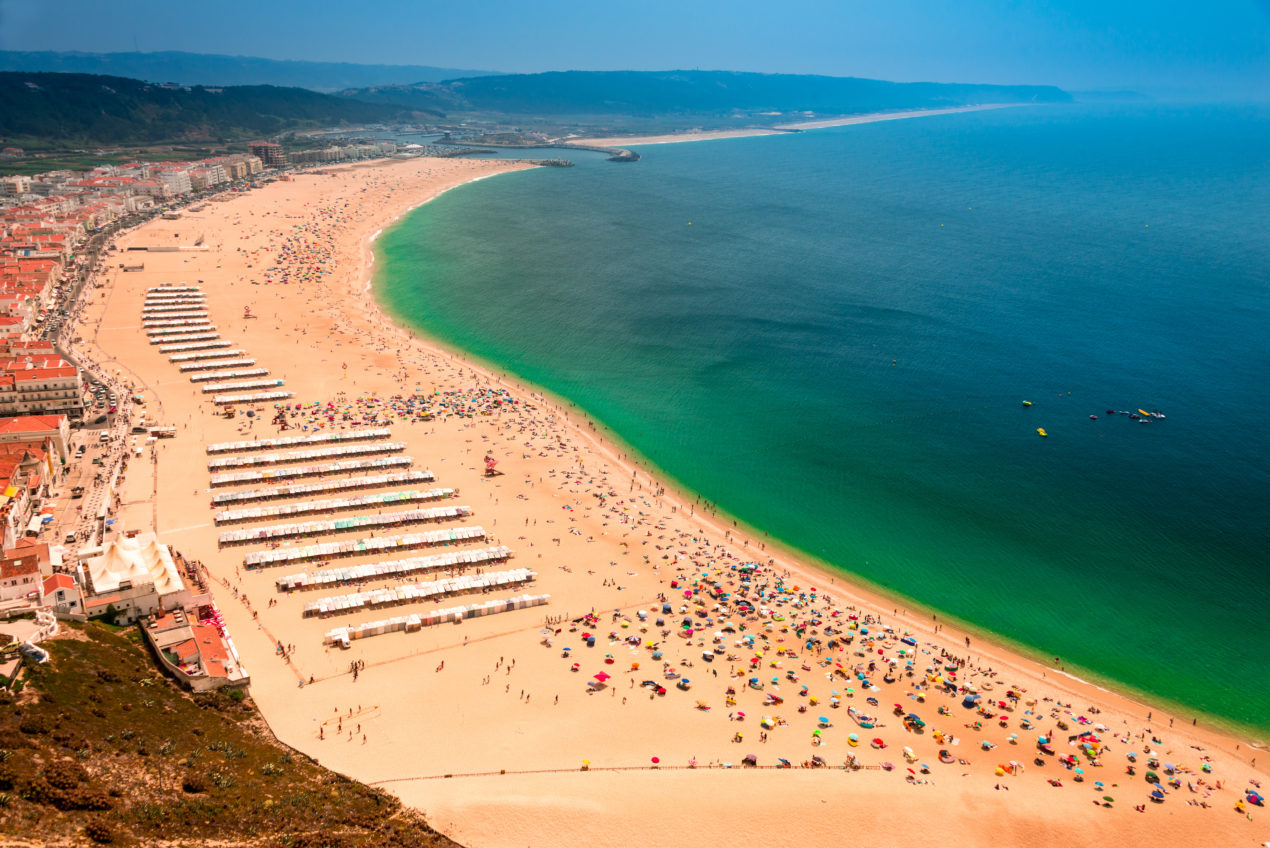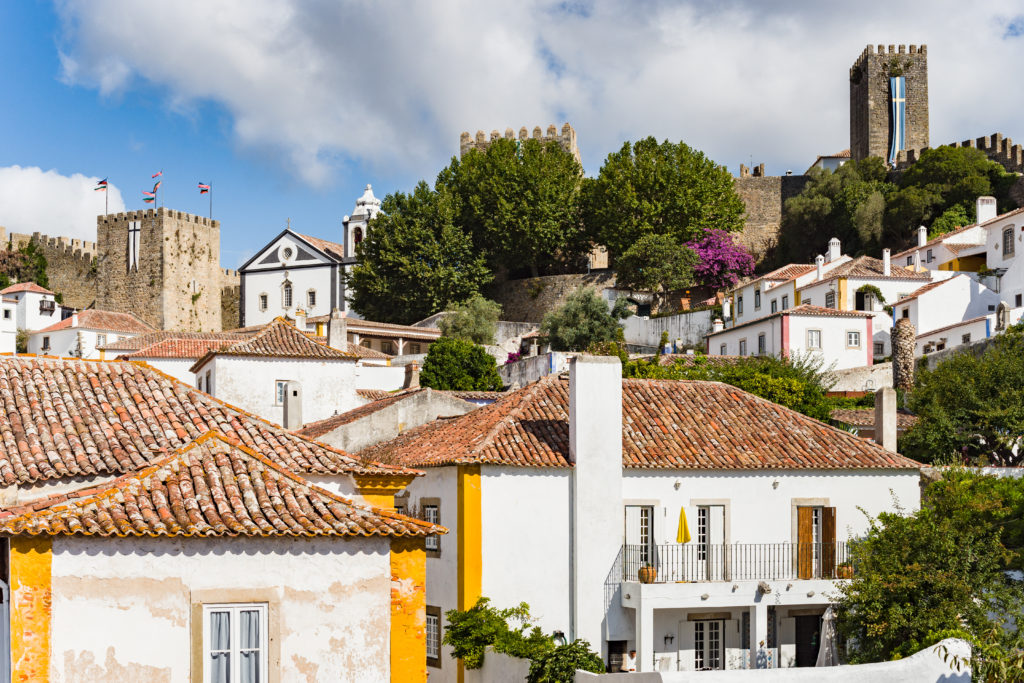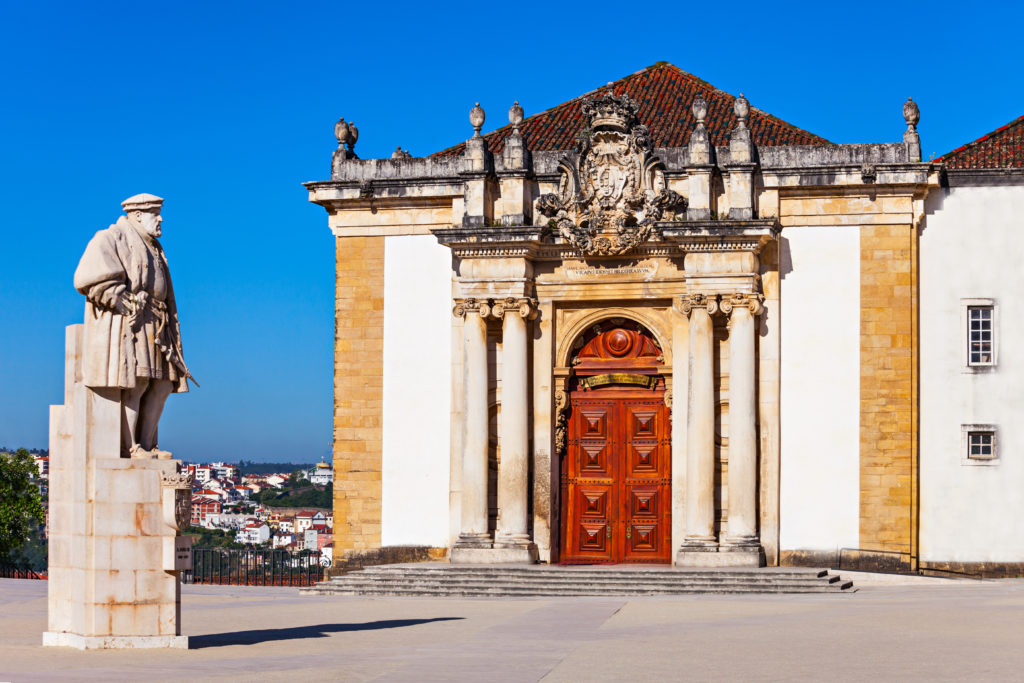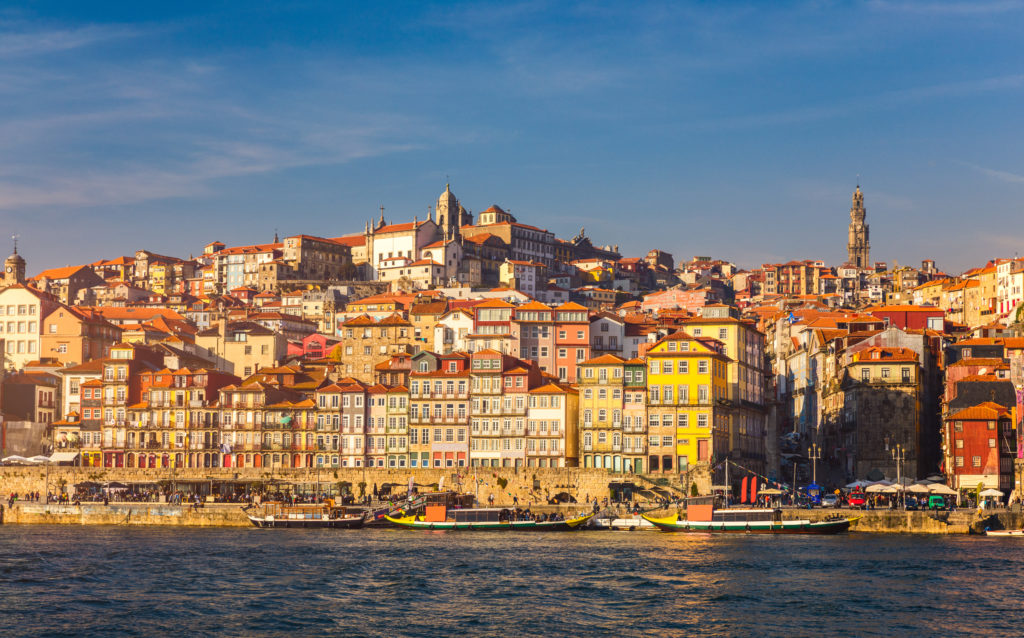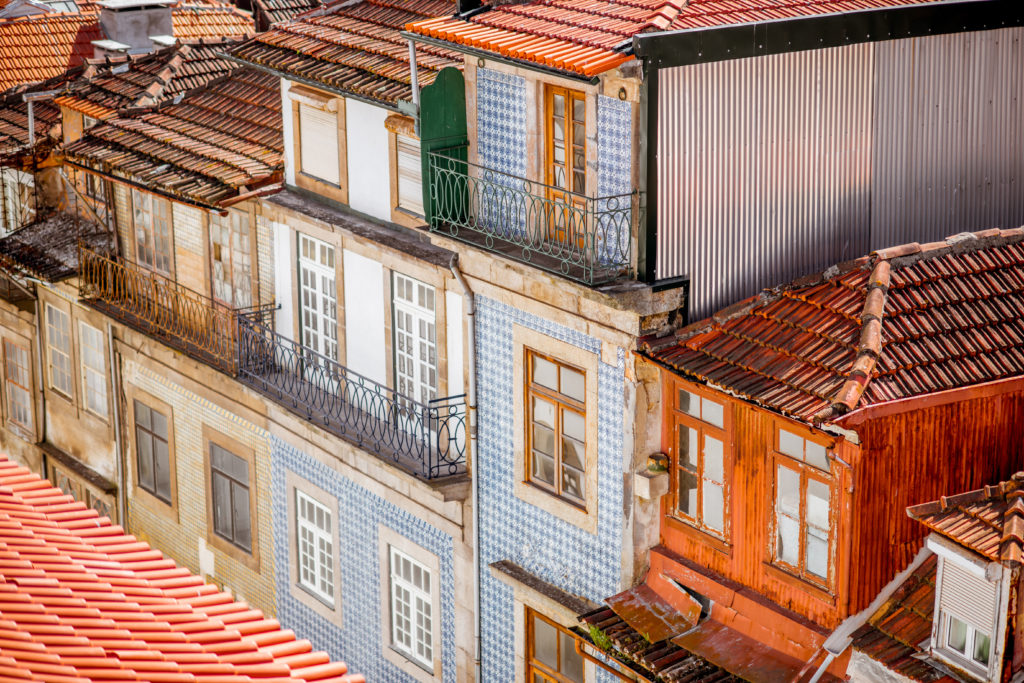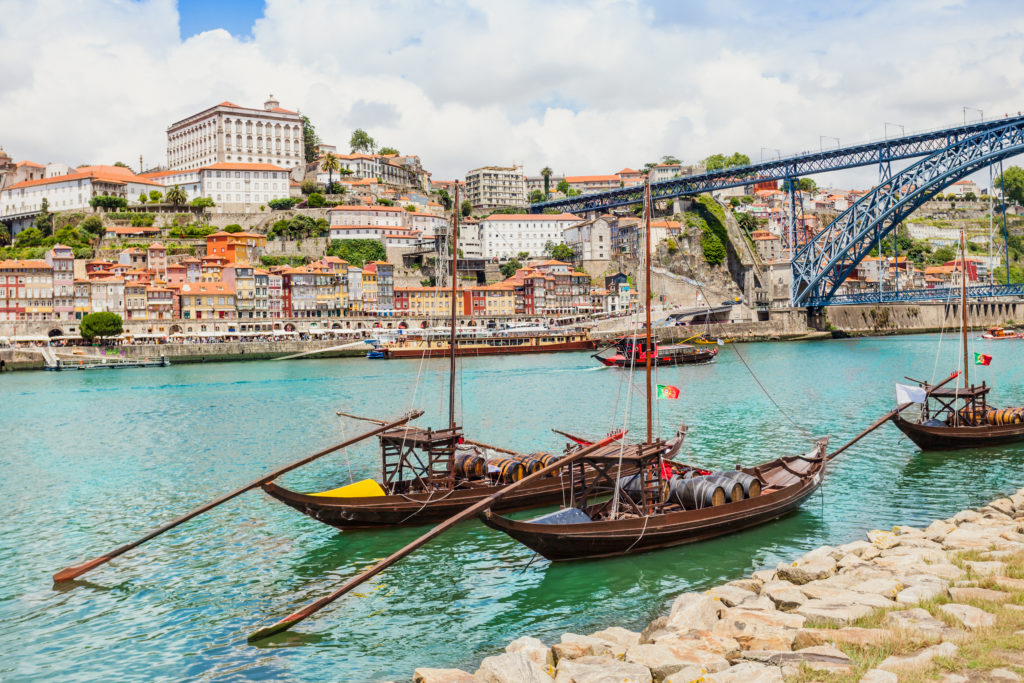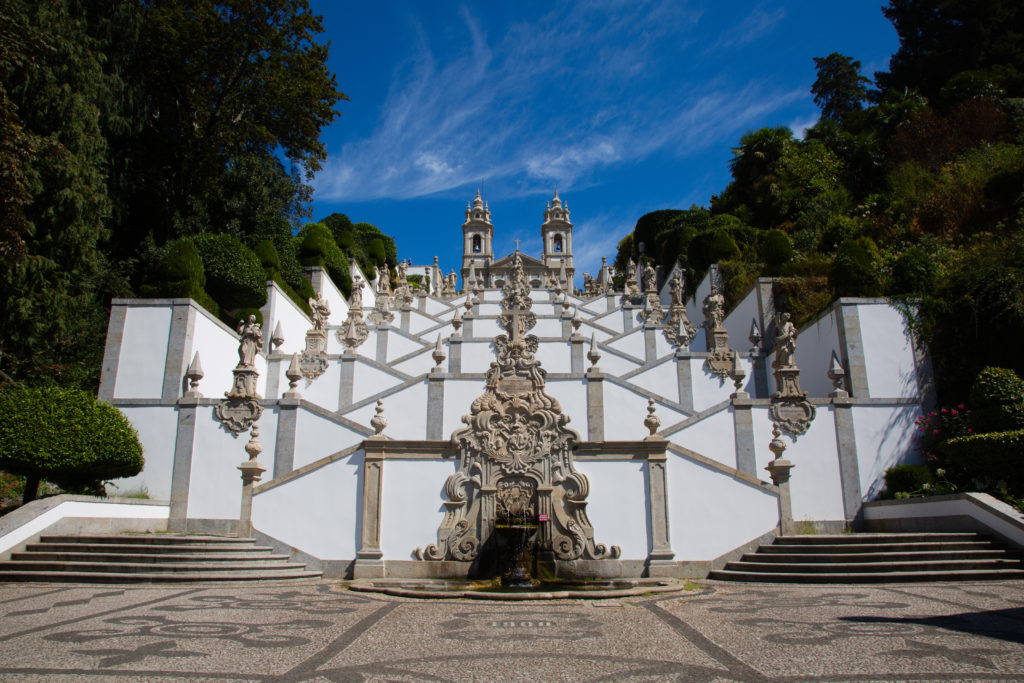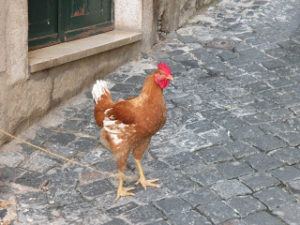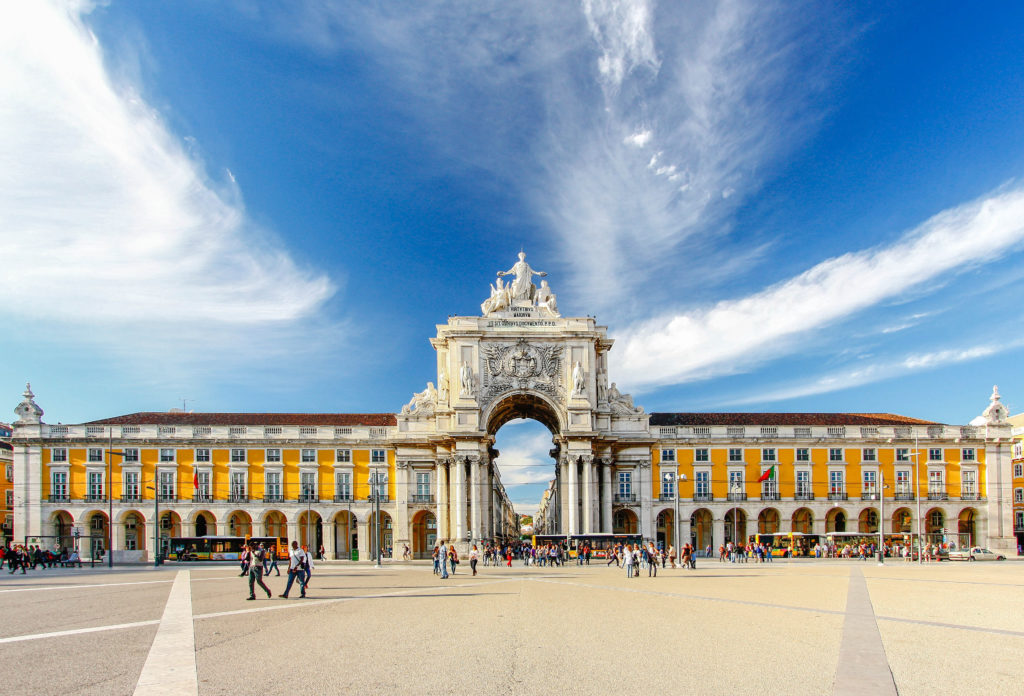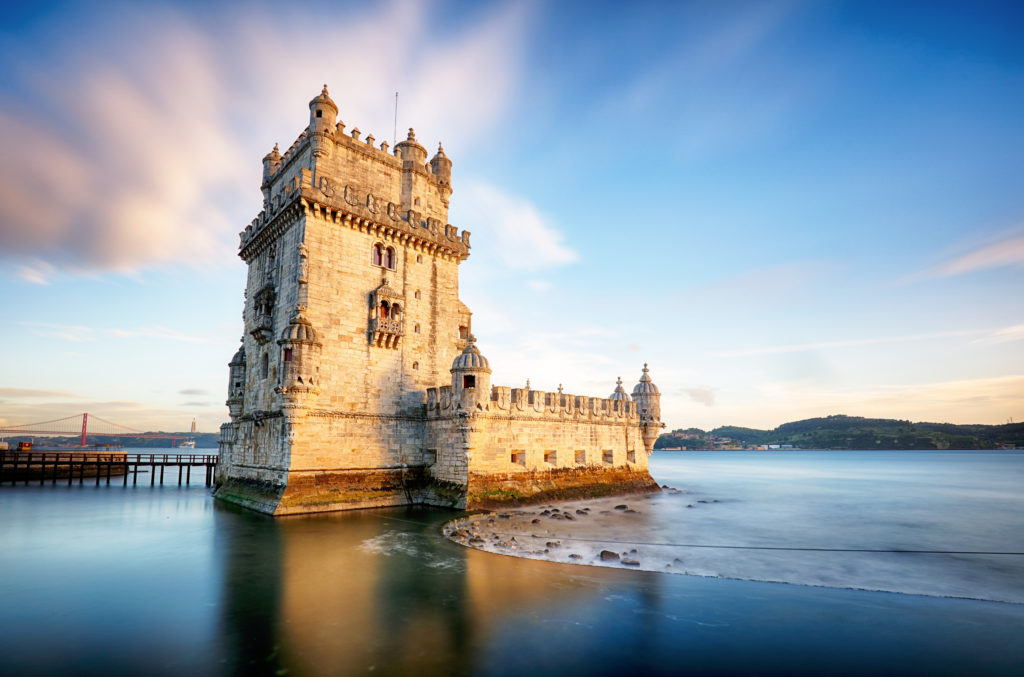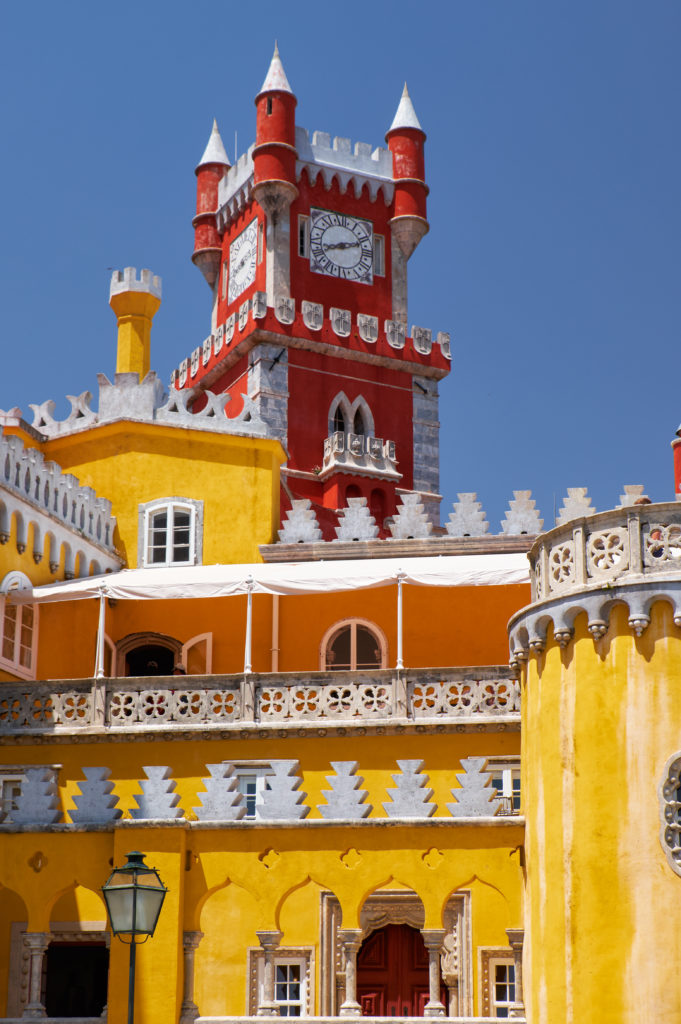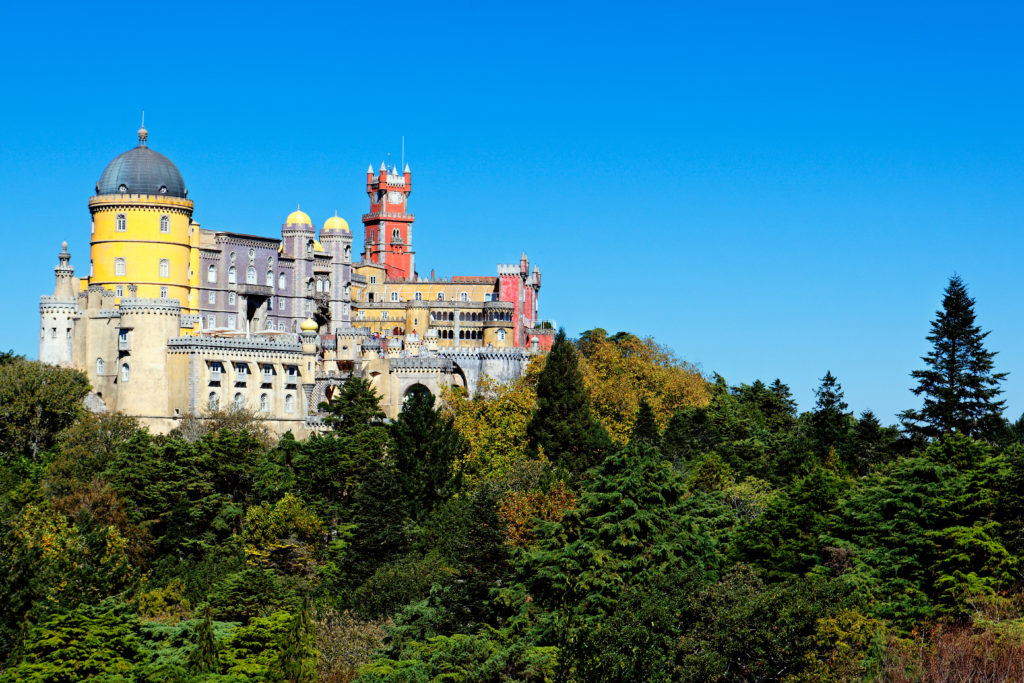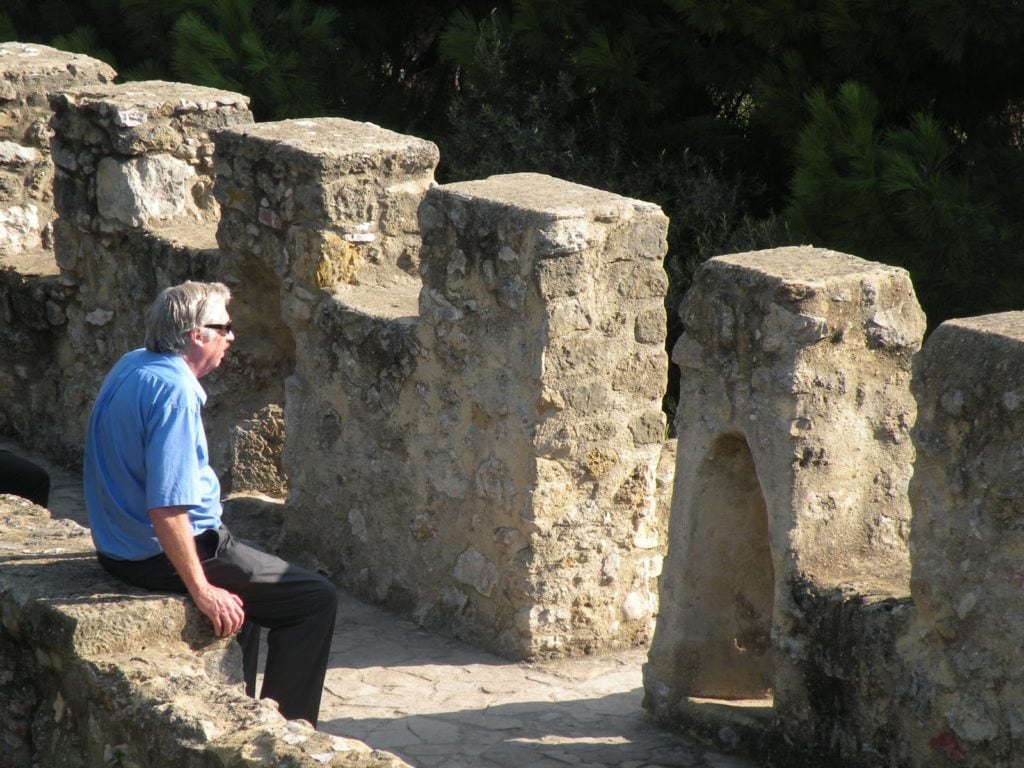Favorite Regions in Portugal
We’ve traveled to Portugal several times and find it a compact country that packs a lot of sightseeing punch. You’ll be able to see most of lovely Portugal on a two-week trip.
I suggest picking up your car in Lisbon and then driving south to the Algarve. Spend a few days indulging in a bit of sun and fun and then start working your way north through the Alentejo region to Coimbra and from there west to the Atlantic coast near Nazaré and north to Porto and Braga before zipping back down to Lisbon and home.
The map below shows approximate locations of the main regions in Portugal that I recommend exploring.
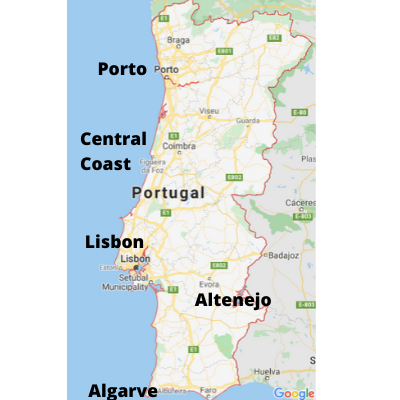
Sample Itinerary
Here’s a sample itinerary for a two-week trip to Portugal starting and ending in Lisbon:
Day 1: Arrive in Lisbon
If you arrive in the late morning, pick up your car at the airport. Depending on your energy level, either drive directly to the Algarve (about 3 hours) or drive south for about an hour to a beach town such as Melides or Sines to relax after your flight.
Days 2 to 4: Western Algarve
Spend three nights in a home base such as Luz or Lagos (I recommend Luz) and take a day trip to Sagres and a boat excursion from Lagos to see the spectacular rock formations. Become one with the beach.
Day 5: Eastern Algarve
Drive east to Tavira for a night. I suggest bypassing the middle section of the Algarve with all its resorts.
Days 6 & 7: Alentejo
Head north to Évora for two nights. Explore local towns such as Estremoz, wander among megaliths, and fall in love with cork.
Day 8: Coimbra
Drive west to delightful Obidos north of Lisbon, then drive north along the coast to spend a night in either Nazaré on the Atlantic Coast or inland in Coimbra. If you choose Coimbra, catch a fado performance in the evening.
Days 9 to 11: Porto
Drive north to Porto, then home-base in Porto and spend a day driving north to explore Guimarães or east to the Douro Valley.
Days 12 to 14: Lisbon & Sintra
Drive back to Lisbon and drop off your car at the airport. Take a taxi into the city and spend the rest of the day and the next day exploring Lisbon. On your last full day in Portugal, take a day trip to Sintra.
Another Option
Reverse the itinerary so you go first to central and northern Portugal and then south through the Alentejo to the Algarve for some beachy R & R before heading north to Lisbon and home.
The Algarve
This part of Portugal is vacation central and perfect for a spot of R & R—a gentle way to either ease into your vacation or relax before heading back to home and reality. You won’t do much artsy sightseeing, but the scenery is spectacular and the weather warm and inviting.
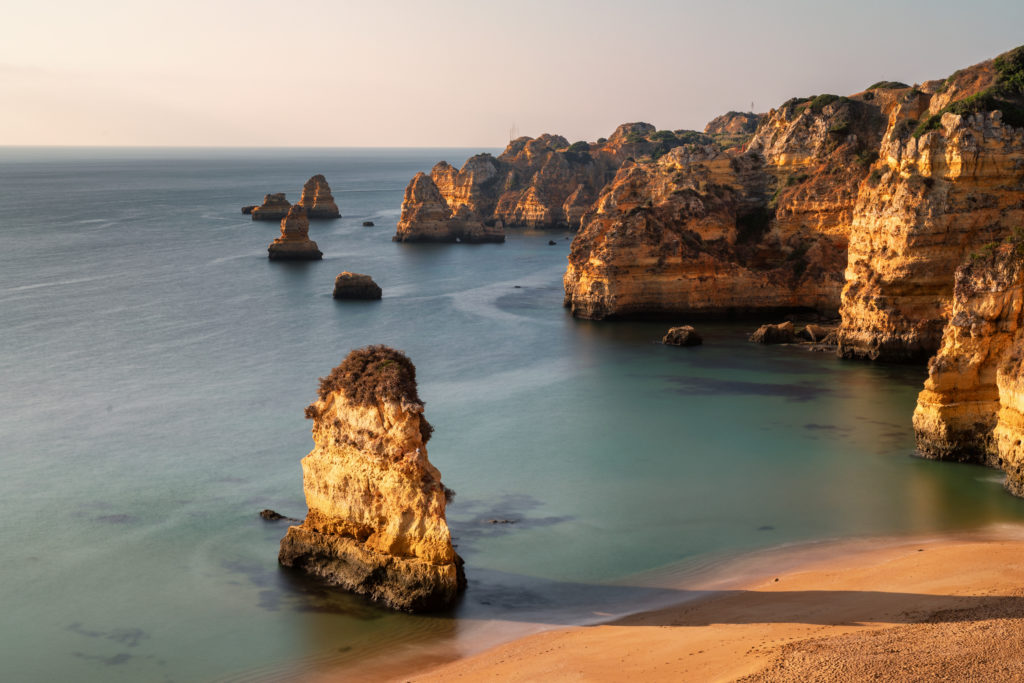
Explore the eastern Algarve around lovely Tavira and the western Algarve between Lagos and Sagres. Hurry past the middle bit with its phalanxes of high-rise resorts.
Even in the less touristy parts of the Algarve, you’ll be hard-pressed to hear anyone speaking anything other than English, German, or Dutch. British pubs have sprung up in the towns and pastel vacation homes blanket the countryside.
Read more about the Algarve in Exploring the Algarve and Alentejo.
Alentejo
Called the Tuscany of Portugal, the Alentejo takes up a good third of the country, stretching from the Atlantic in the west to the Spanish border in the east and from the Algarve in the south to almost halfway up the country past Lisbon.
We discovered the Alentejo when Gregg had an exhibition in the white-washed and achingly charming town of Estremoz. The region is hot and arid with fabulous megalithic sites with menhirs, dolmens and ancient stone circles, rolling hills, vineyards, and my favorite thing of all—endless hectares of cork trees.

The main town in the region is Évora, well worth at least two nights of your time.
For more information about how to spend your time in the Alentejo, read Exploring the Algarve and Alentejo.
Lisbon
Lisbon isn’t as funky as it used to be, but it’s still a great city to visit and enjoy. When we stayed there for two weeks in 2010, I rarely saw a souvenir store, and the narrow streets in the historic Alfama district slumbered in the heat.
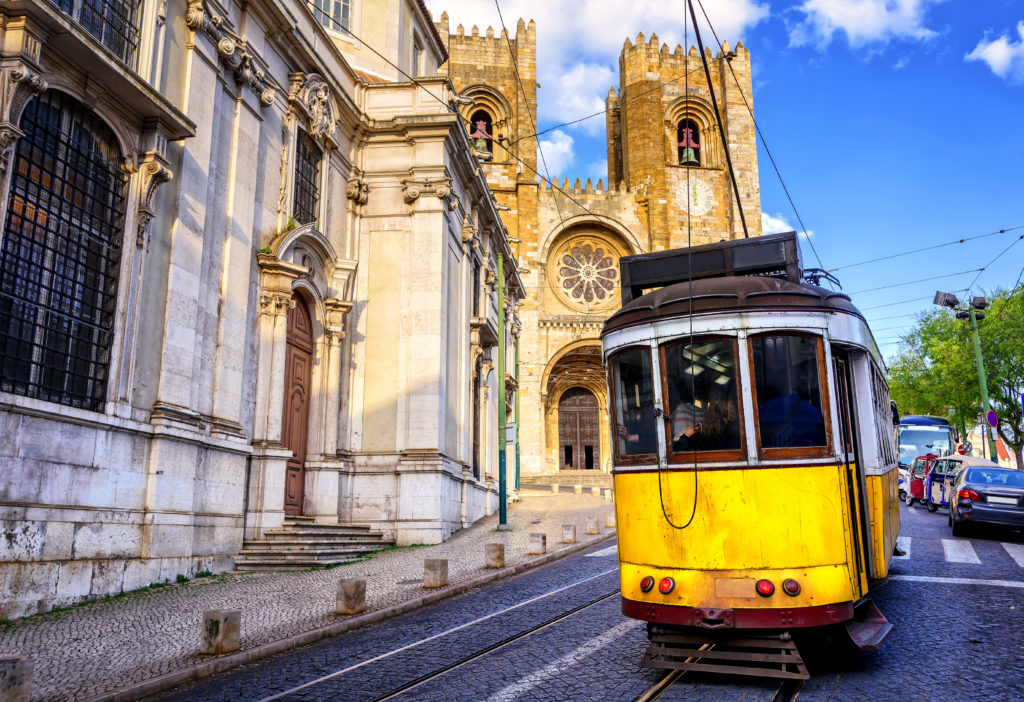
On our return in 2019, so much had changed. Lisbon has been well and truly discovered.
The Alfama district bristles with souvenir shops, tourists shuffle in a conga line through the narrow streets to the Castle Sao Jorge, and flocks of sightseeing tuk tuks dart in and out of the speeding traffic. And forget about getting a seat on one of the iconic trams in the middle of the day!
Consider visiting out of season when the crowds will be fewer and you may recapture at least some of the spirit of old Lisbon.
Day Trip to Sintra
Include a day trip out to picturesque and super-touristy Sintra to visit the quirky Pena Palace, the medieval Castle of the Moors (my favorite!), and the town itself with various palaces and gardens. If you have an extra day, consider staying overnight in Sintra.
I provide suggestions for enjoying Lisbon and lovely Sintra in Three Days in Lisbon.
Central & Northern Portugal
You could easily spend your entire two-week vacation in the central and northern regions of Portugal. My itinerary doesn’t do it justice!
Highlights include stately old Coimbra, pretty Nazaré and the nearby beach Praia Do Norte which gets some of the largest waves in the world, fun and funky Porto, and if you have time, fascinating cities like Guimarães and Braga, along with the stunning Douro Valley for a spot of port-tasting.
Read my suggestions for touring this top half of Portugal in Exploring North and Central Portugal.
